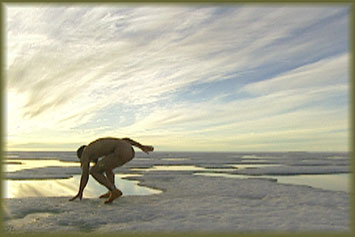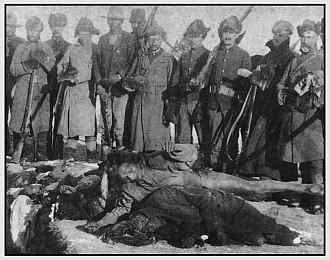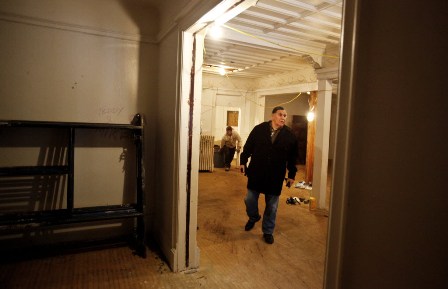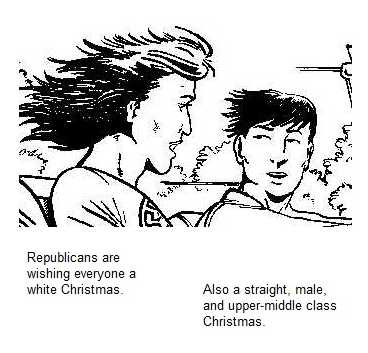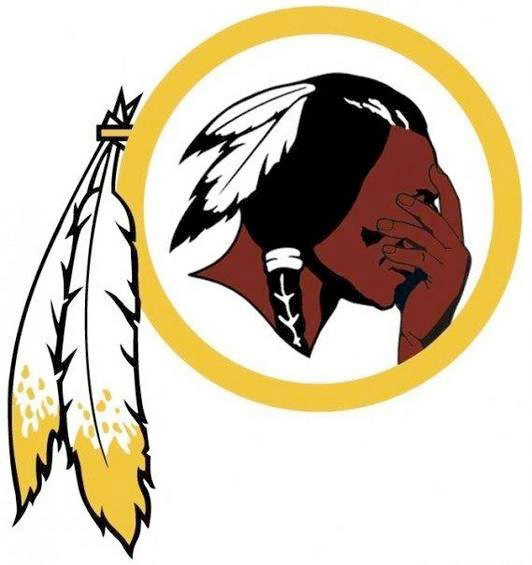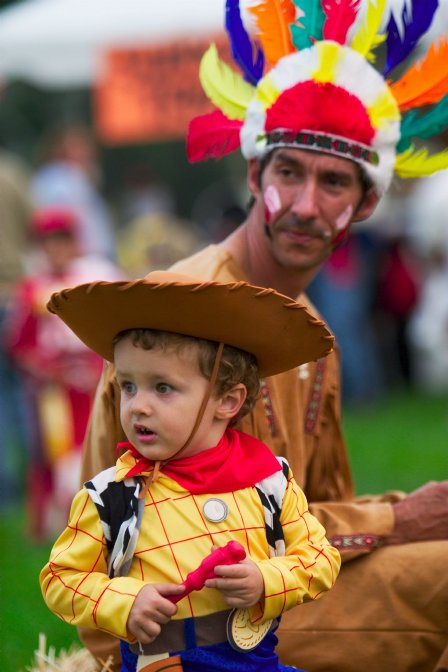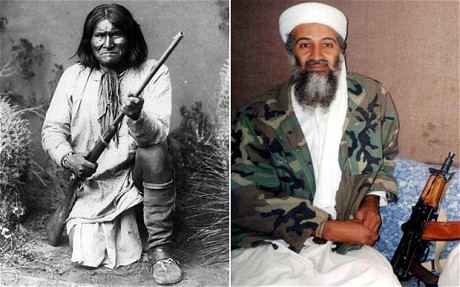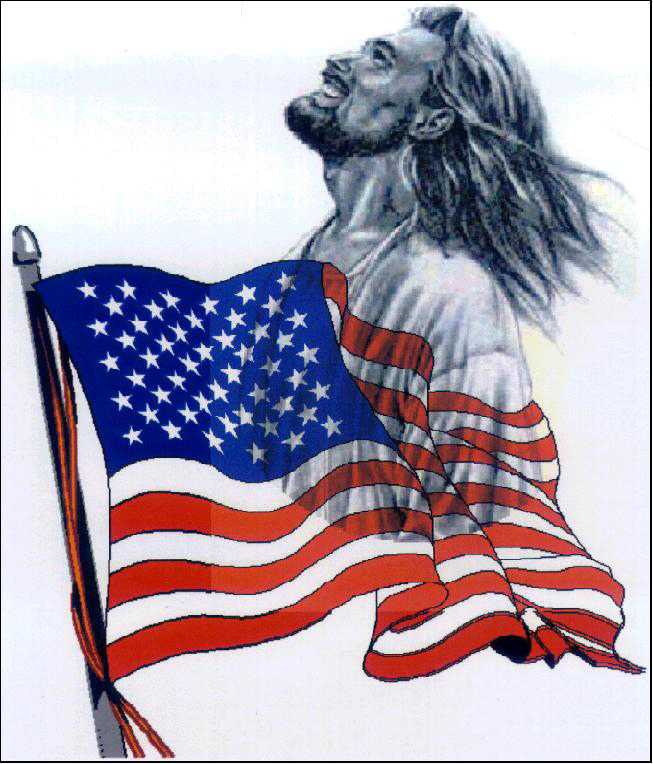Out in the cold: the struggle of Inuit film
By Guy Dixon
Unfortunately, despite the acclaim and international recognition, production funds for indigenous filmmaking remain very hard to come by. “It is definitely more difficult to fund dramas here,” said Iqaluit-based filmmaker Alethea Arnaquq-Baril, whose animated short, Lumaajuuq, is in the collection. “I wouldn’t say it’s not because people aren’t interested in it, it’s just not feasible.”
Jeremy Torrie, a Winnipeg-based native filmmaker, says he thought things would change after Fast Runner. “We thought the floodgates would open, as far as Canadian broadcasters and distributors wanting to embrace another perspective,” he said. “But it just hasn’t happened. Here we are 10 years later, and things aren’t any better yet.”
Filming in the North is difficult to begin with, from the harsh climate to lack of technicians and equipment. And filmmaking can seem extraneous in the light of urgent problems such as the North’s severe housing crisis. Meanwhile, Nunavut Film Development Corp. has an annual funding limit of only $600,000, an amount that could easily be spent on one production.
Earlier this year, Igloolik Isuma Productions, the company behind Fast Runner, was forced to file for receivership in Quebec, citing reportedly $750,000 in debts. The move was imposed by a Nunavut investment firm that had lent the company $500,000 in 2009, and put in jeopardy the company's extensive film archive. “We're dealing with a receiver that's a large accounting firm in Montreal who has no stake and no interest in the cultural value of the company or of the materials” Fast Runner co-producer Norman Cohn said at the time.
Getting a broadcaster (or, even harder, a film distributor) to agree to take on a project is another challenge, particularly given the notion that films made in the North appeal to a limited audience. Most broadcasters are only able to help fund documentaries and smaller projects, creating a structure that discourages feature-length dramas.
We'll see how On the Ice and
For more on the subject, see How Atanarjuat Was Filmed.
